TEN COUPES FOR AUTUMN
03 September 2021
Or, as the cold weather approaches, ten ways to enjoy sporting motoring in a certain amount of comfort:
Ford Consul Capri
In July of 1961, Dagenham unveiled ‘Britain’s first personal car’. The Consul Capri was initially for export only, with home market sales commencing in January 1962. As the brochures accurately stated: “Don’t look now, you’ll only want one”.
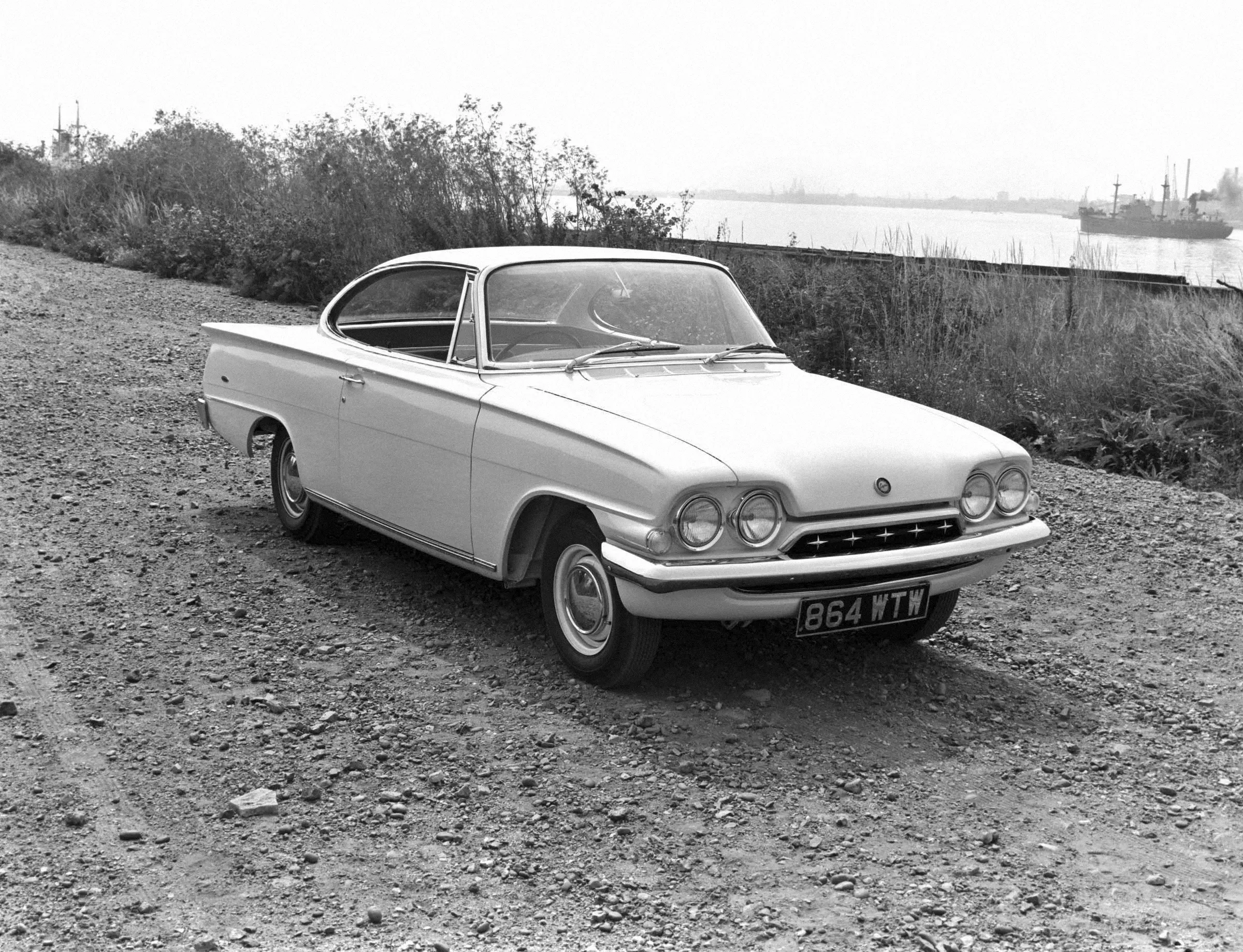
MGA Coupe
The coupe version of the MGA debuted in 1956, a year after the original Roadster. The equipment included exterior door handles, winding windows with swivelling quarter-vents and even a tinted sun visor for the driver. In short, this was the ideal MG for a trunk road journey in October.
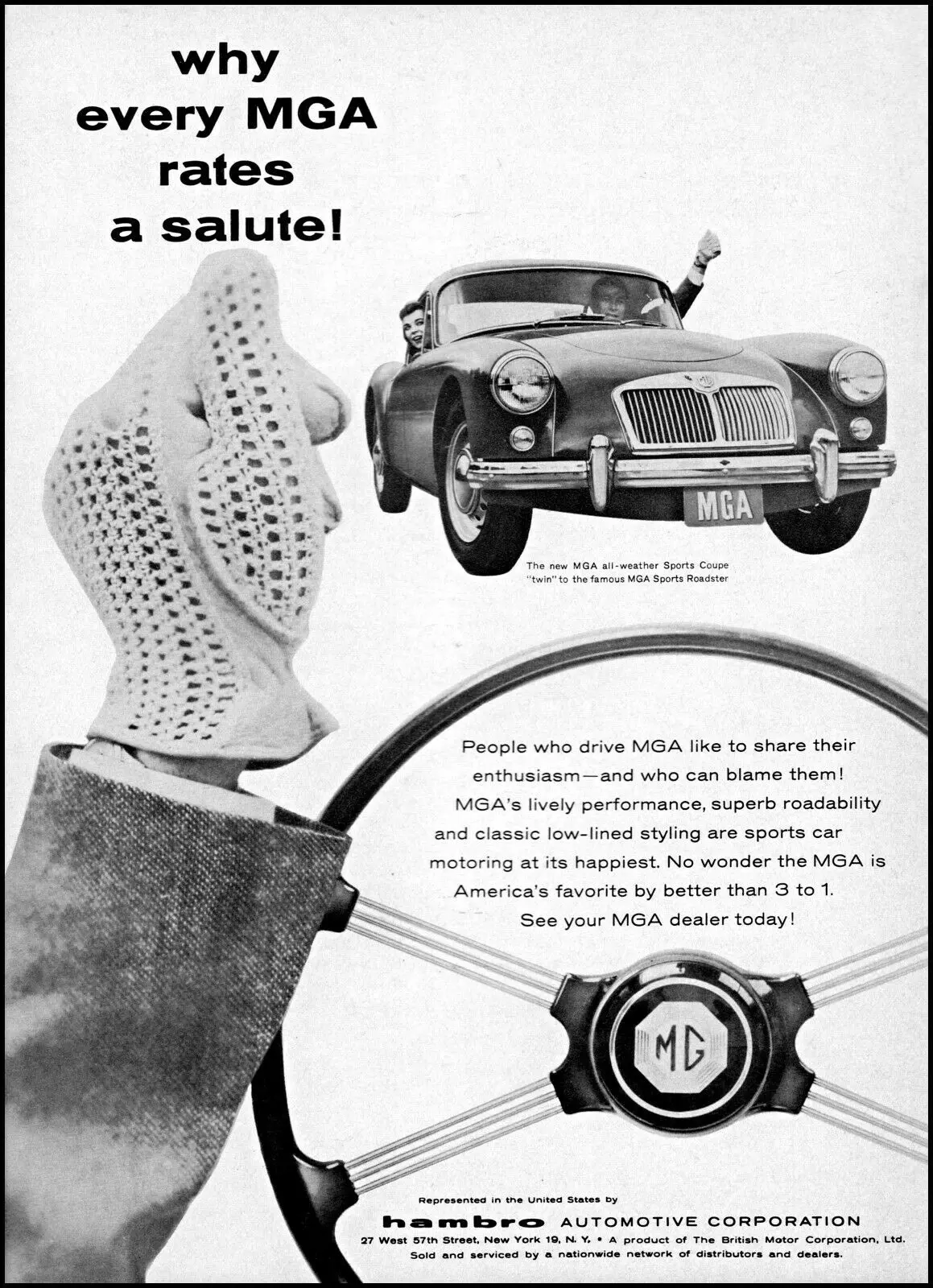
MGB GT V8
The V8 made its bow on the 15th of August 1973. Abingdon claimed it offered “a unique combination of timeless good looks, high geared and effortless long distance travel, superb road-holding and handling. It is a thoroughbred Grand Touring car for the enthusiast who demands performance without having to work for it’. Countless owners would agree with that statement.
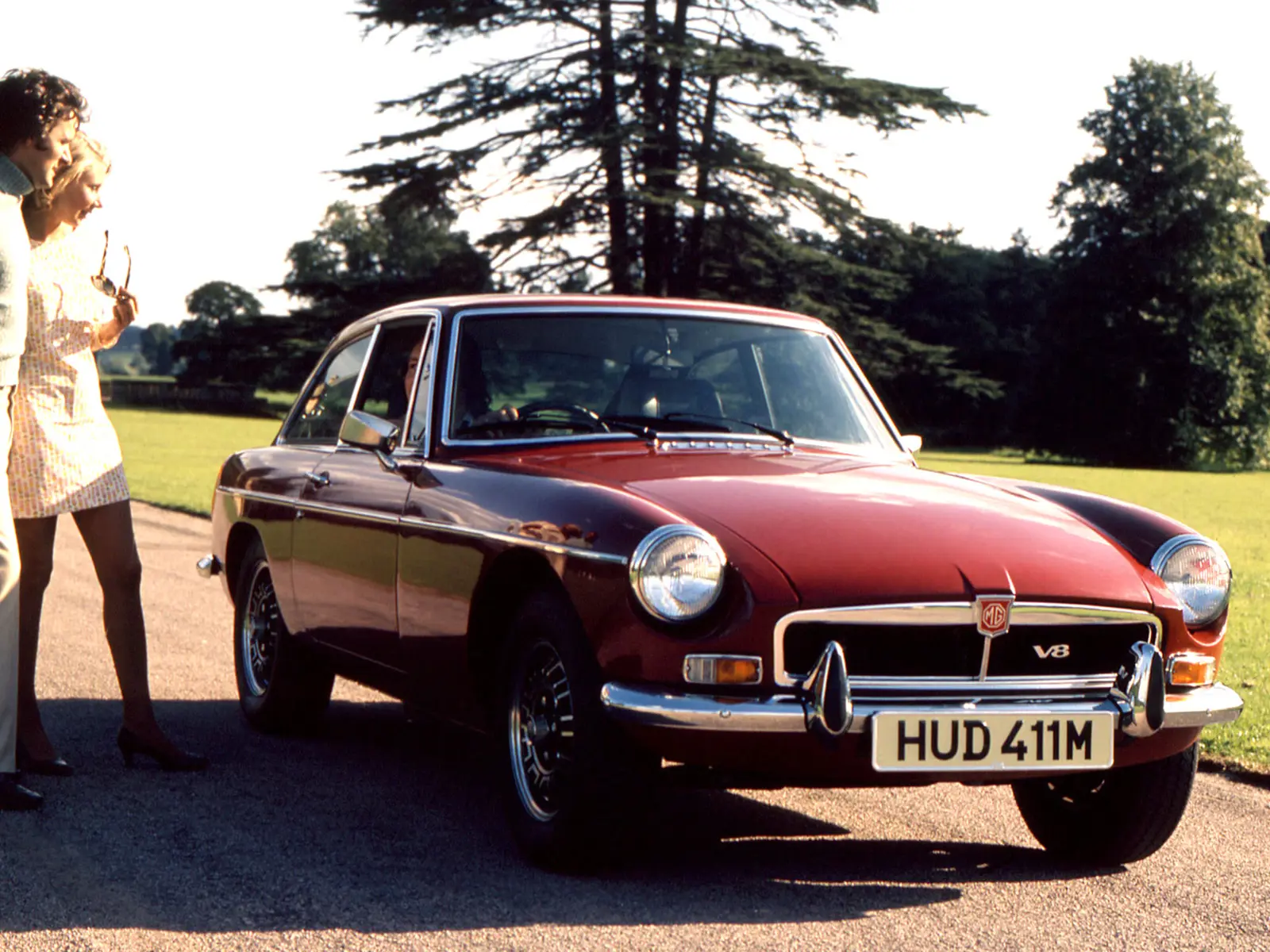
Opel Manta A
The 1970 coupe version of the Ascona A saloon was arguably one of Opel’s most elegant models, and many enthusiasts regarded the 1.9-litre Rallye RS as the most desirable model. For £1,475, they gained a Manta with a matte black bonnet, a 102 bhp power plant and a maximum speed of 110 mph.
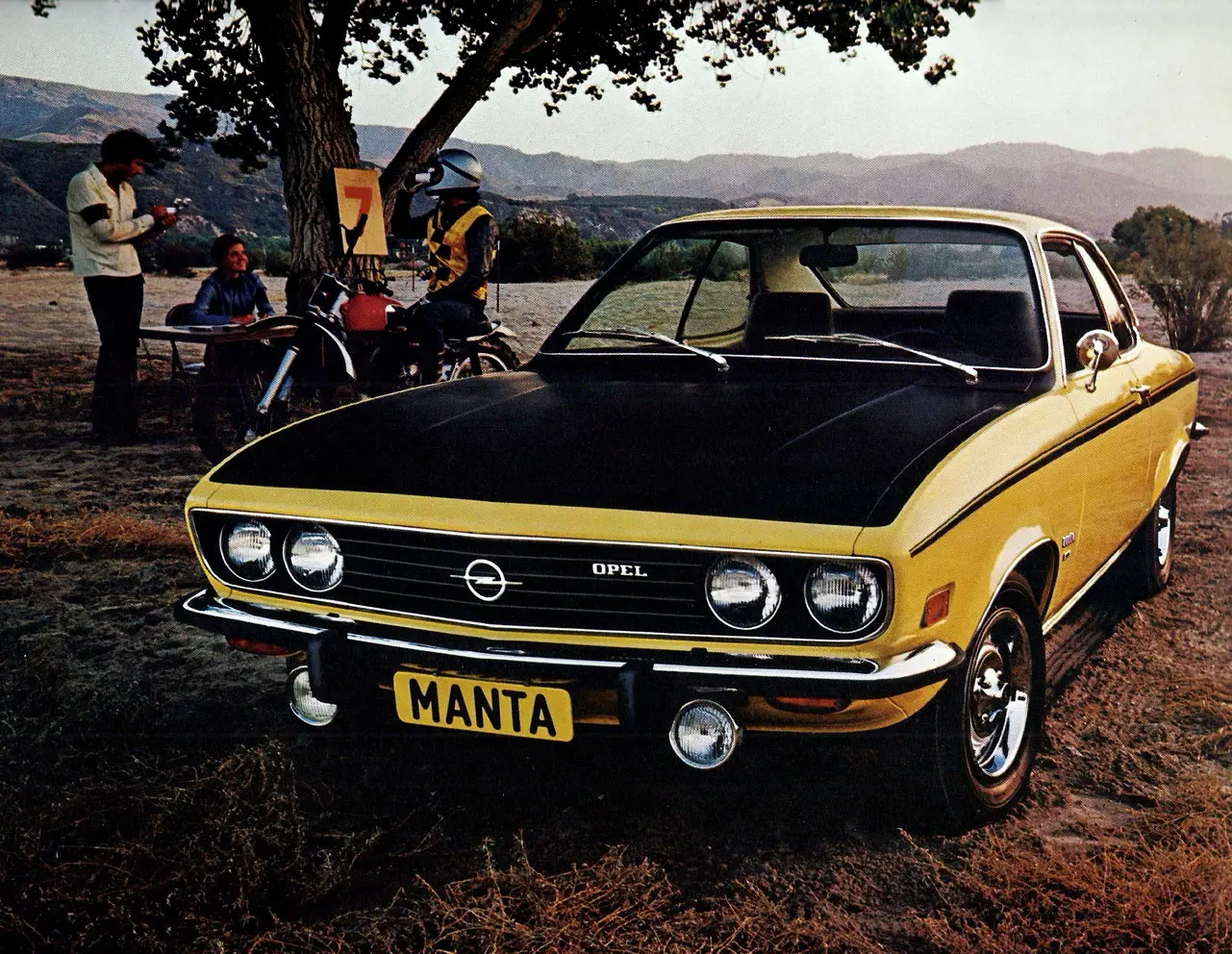
Reliant Scimitar GTE
In 1968 GTE’s launch price was £1,759, as much as three Mini 850 Mk. IIs. The top speed was 117 mph, and Motor approvingly noted that ‘nothing at all has been sacrificed for versatility’. Meanwhile, William Boddy of Motor Sport thought it unique: 'a luxury estate-car of very high performance, and an uncommonly exciting-looking one into the bargain.'
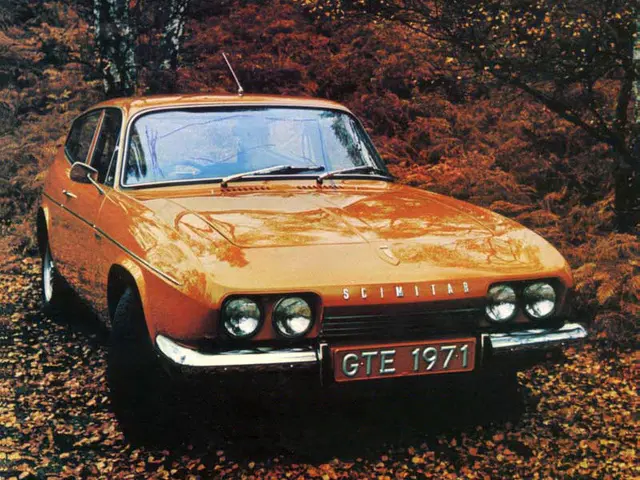
Renault Fuego
Robert Opron devised the Fuego’s bodywork, and back in 1980, dealers would no doubt tell you that it was one of the first mass-produced four-seat coupes designed in a wind tunnel. The GTX version was a fascinating alternative to the Ford Capri Ghia Mk. III; Autocar thought: “If you enjoy the undeniable punch of 2-litres, and also value economy, then the Renault is certainly a very desirable machine; it does go excellently”.
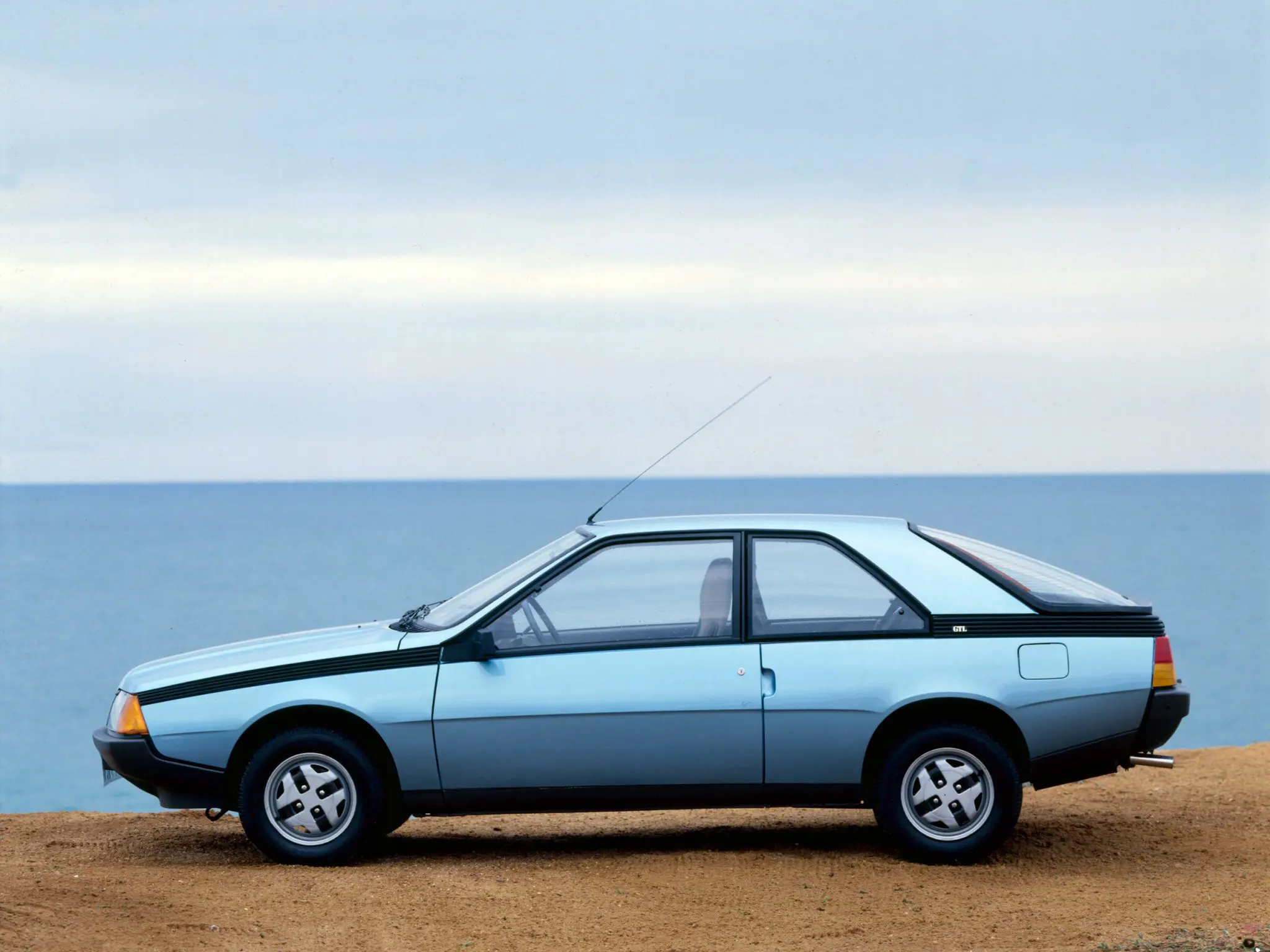
Sunbeam Alpine GT
When Sunbeam unveiled the Alpine Series III in March of 1963, it also introduced a new up-market variant in the form of the GT. The standard equipment included a bolt-on hard top, twin sun visors, a walnut veneered dashboard, an interior lamp and a heater. The price was £899 11s 3d, some £59 4d 2d more than the Convertible; owners thought the GT worth every penny.
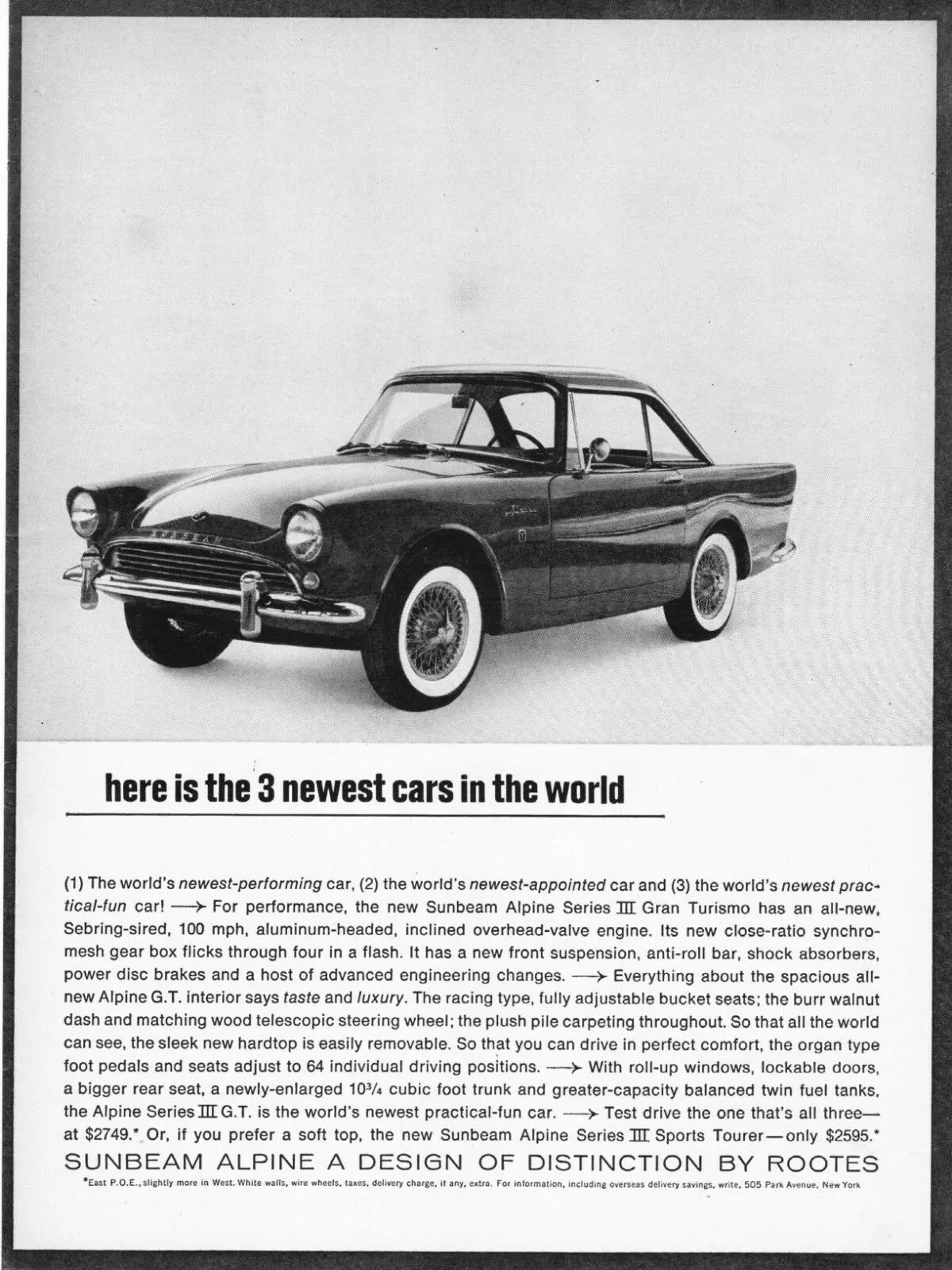
Triumph GT6
When Triumph unveiled GT6 in 1966, its coachwork caused a minor sensation. The combination of the Spitfire with three-door coupe bodywork and the familiar straight-six 2-litre engine in 95bhp form. As the sales copy put it, ‘The GT6 has a 107 mph shape’ and 'All GT and comfort’.
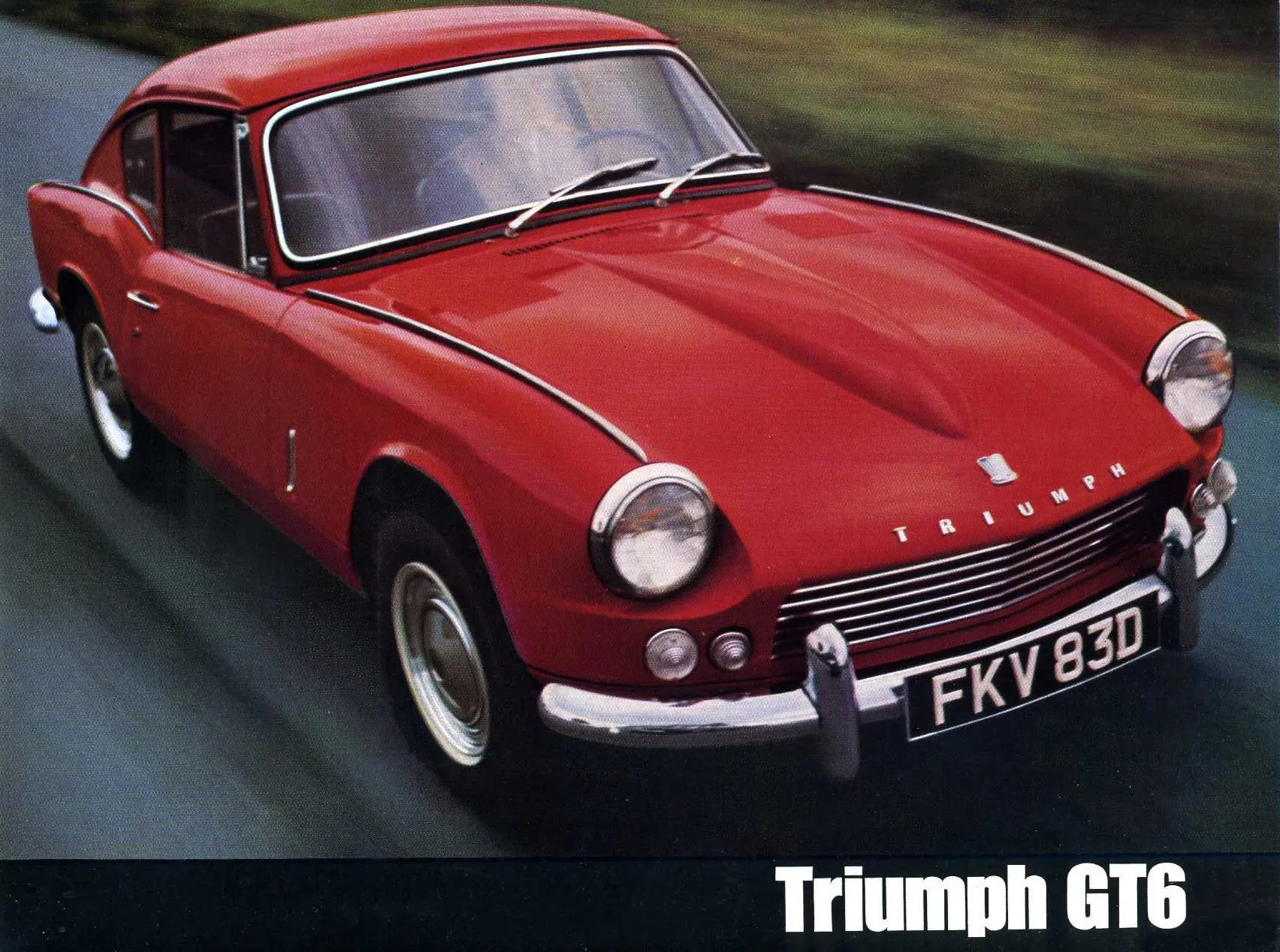
Triumph TR7
BL first offered British motorists; 'The Shape of Things to Come’ in 1976. The motoring writer Clive Richardson ranted, 'for £4,995.90 the enthusiastic driver would be far better off with an RS 2000 or a Mirafiori Sport, plus a bit of change. ‘Posers’ might choose the TR7'. However, today, the Triumph is regarded as one of the marque’s most significant models.
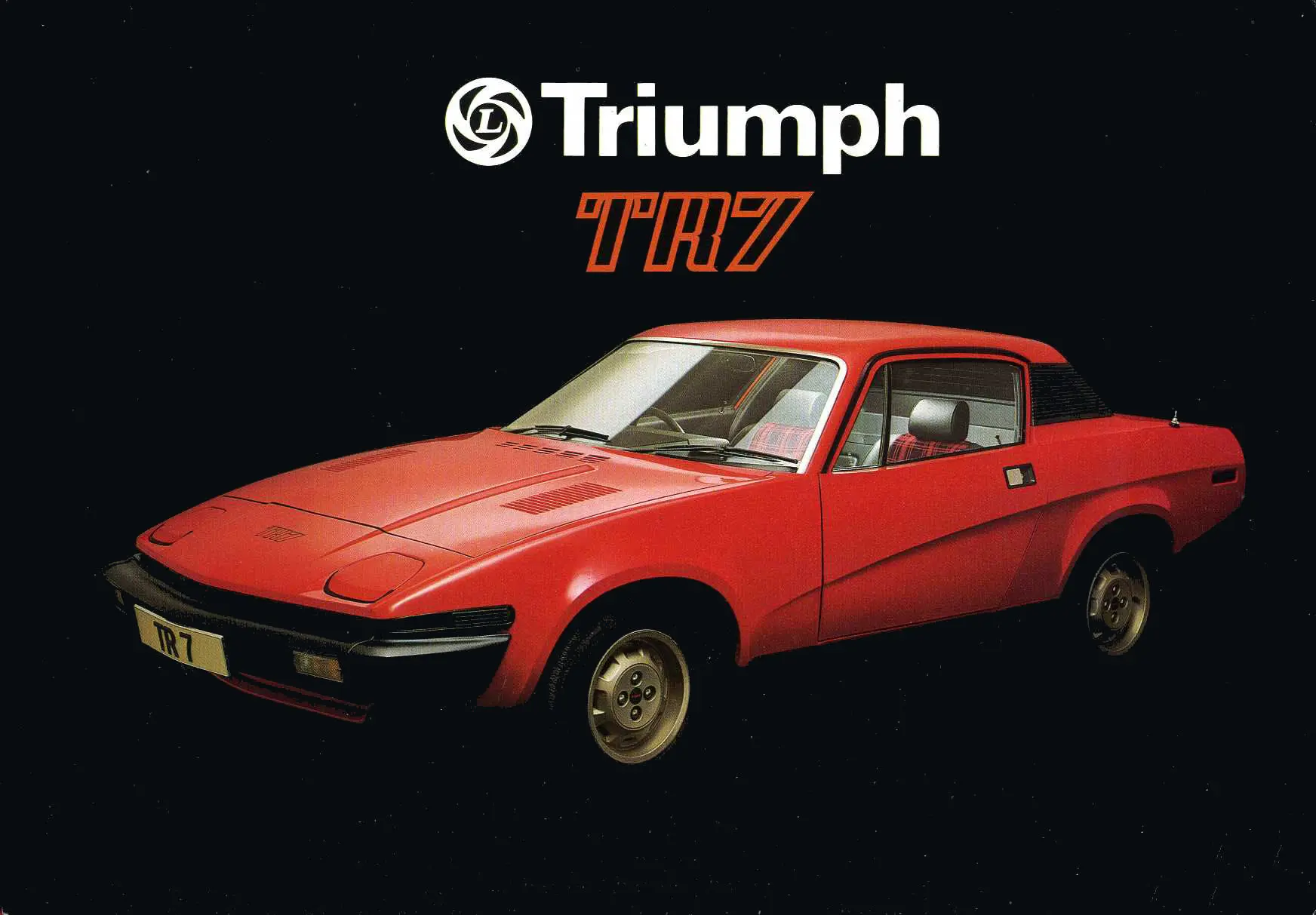
Volvo 262C
As the cold weather approaches, many of us crave the comfort, the solidity and the heater of a Volvo. The 262C made its bow in at the 1977 Geneva Motor Show as the first two-door coupe to bear the marque name since the demise of the P1800 in 1973. But, to quote Martin Buckley, ‘In Britain the car was really just showroom bait and only about 200 were imported, almost all painted silver”.
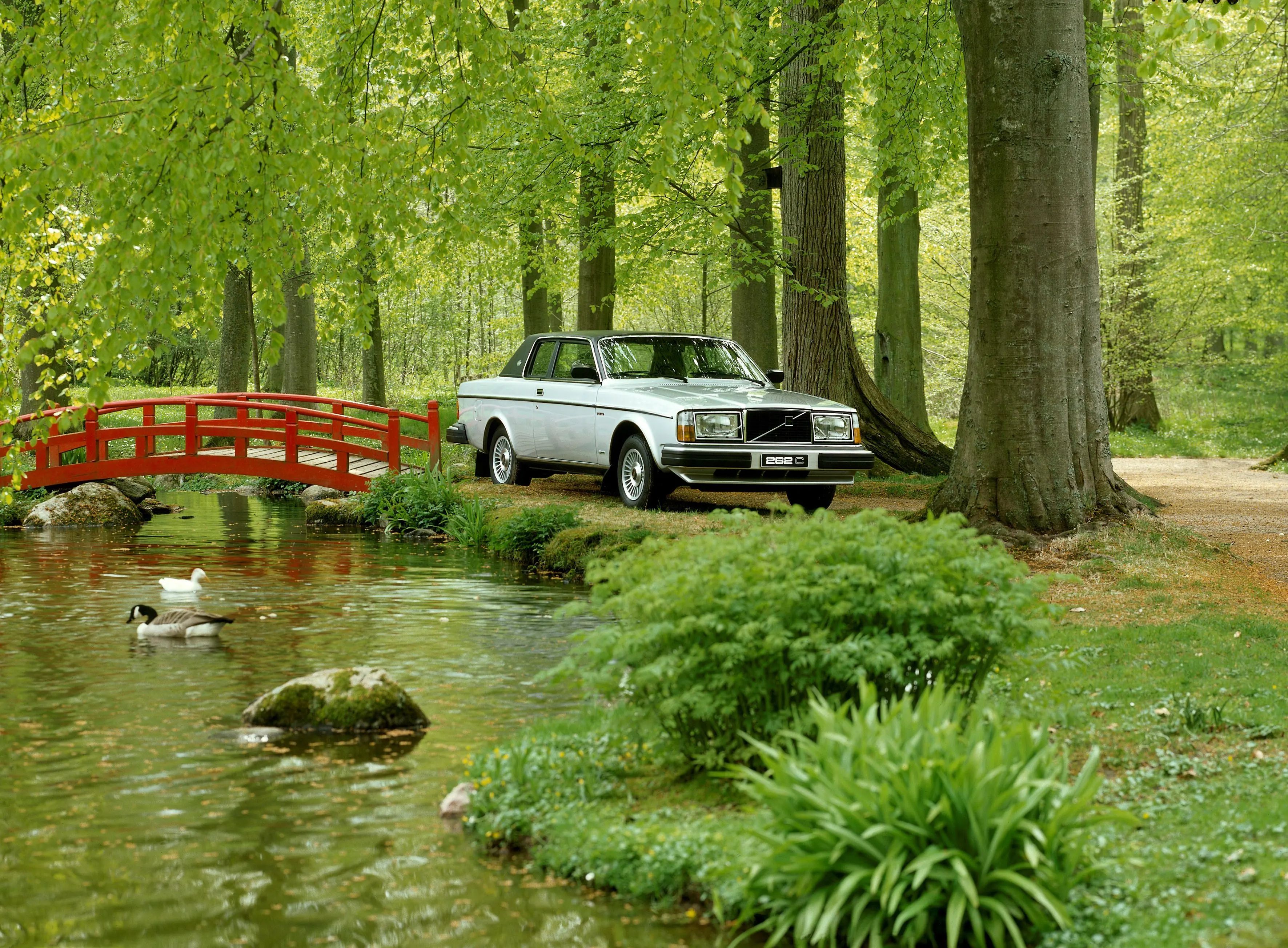
Why choose Lancaster Insurance?
Here at Lancaster, we love classic cars as much as you do and we understand what it takes to protect them for future generations.
We have links with some of the top classic car clubs around the country and some of our policies even offer discounts of up to 25% for club members.
Other benefits of classic car insurance through Lancaster can include:
- Historic rally cover
- Static show cover
- Limited mileage discounts
- Choice of repairer
- 24-hour claims helpline
Give your classic the protection it deserves and get a quote for your classic today.
